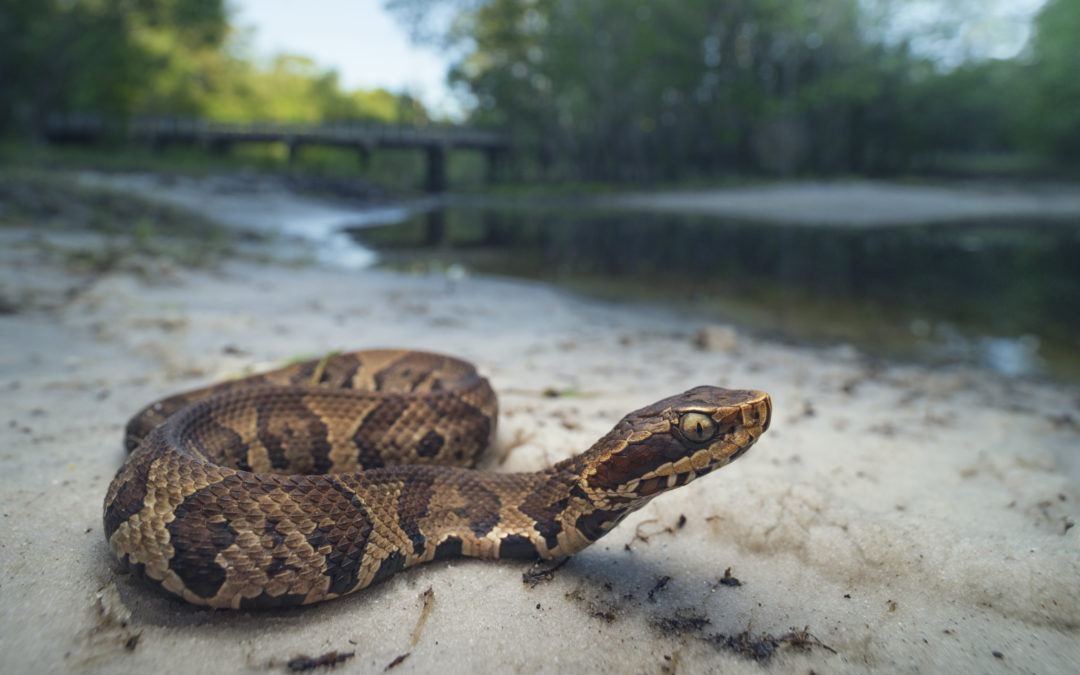Last month, a Florida woman was awarded a $5 million settlement from her homeowners association and community management company for not warning residents about a snake problem in the community. When stepping out onto her back patio in July 2015, a water moccasin bit her toe. The woman was lucky to live, but her leg had to be amputated below the knee as a result of the venomous snake’s bite.
According to a University of Florida study, running into a water moccasin, also known as cottonmouths, is 8.6 times higher in the community than in the Everglades, which are nearby. Especially during the rainy season, snakes are known to seek drier ground, which sometimes includes residents’ property. The Florida community now posts signs warning residents about venomous snakes.
It’s not uncommon for conflict with wildlife in community associations. So, how can association boards protect themselves from incidents like this?
“As with any potential common area hazard, the board and management should pay attention to complaints or reports of a potential problem,” says Kelly G. Richardson, cofounder and managing partner of Richardson Ober in Pasadena, Calif., a fellow in CAI’s College of Community Association Lawyers (CCAL), and a CAI past president. “The key is to respond reasonably to known issues.”
In this particular instance, a simple warning to residents could have been enough.
Richardson also recommends contacting an appropriate service provider to investigate potential problems and recommend solutions. Associations should rely on that expert advice when implementing solutions. For example, a pest control expert might be able to identify architectural or landscaping features that contribute to or allow pest problems to grow.
Associations also should review their rules, explains Richardson. If residents are feeding animals or birds outside, that, in turn, could attract more wildlife and pests. A rule prohibiting residents from feeding animals or birds might help.
Lastly, Richardson stresses that associations have ample liability insurance. “If the injury is bad enough, even the most careful association could have a hard time opposing the sympathy factor from a severely harmed plaintiff,” he adds.


